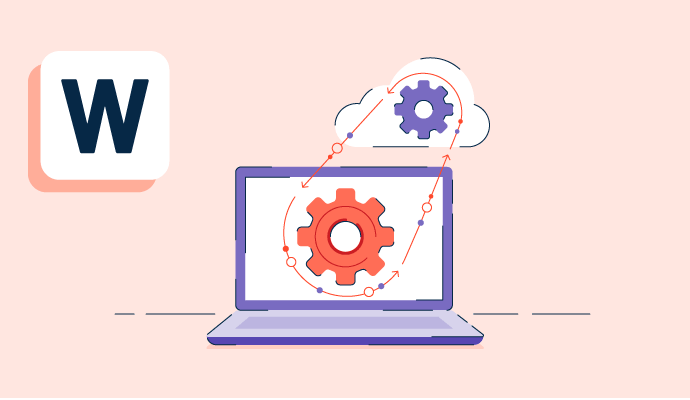What is WebOps?
Website operations (WebOps) is a set of processes that focuses on the development, deployment, and maintenance of applications that use the web to function.
Used primarily in large-scale businesses to grow multiple websites and apps at once, WebOps helps development teams streamline their tasks through automation and web-specific support tools. These are typically run through WebOps platforms that specialize in building and managing websites, apps, and their content.
WebOps is often referred to as a subset of DevOps, a broader term that encompasses software development, IT services, and cloud computing on both hardware devices and online.
Types of WebOps
There are several different types of WebOps that can be used to build and maintain various web-based tools, including:
- Platform as a Service (PaaS). All infrastructure, like servers and networks, are cloud-based, with full development frameworks and reporting functionality built into the software. There’s no need for development teams to use or update multiple types of software when working in a PaaS system, as the environment is fully built for development straight away.
- Software as a Service (SaaS). SaaS applications are the biggest category of WebOps tools that development teams can use. While PaaS systems typically fall under this, SaaS software allows users to connect to applications online and develop new applications and web services. Email providers, calendar tools, and collaboration software are common uses for this type of WebOps.
- Database as a Service (DBass). While many companies still use databases hosted on physical servers, WebOps allows teams to store their information in cloud-based databases instead.
Basic elements of WebOps
All WebOps tools must have three distinct pillars to be effective. These are:
- People. Developers aren’t the only members of the team to use WebOps platforms. Marketers, designers, sales teams, and more can all collaborate through these tools to build a better final product.
- Process. Even with WebOps speeding up the development process, there still needs to be a strategic breakdown of individual pieces to ensure nothing is missed. Projects should be divided into phases according to priority before moving into the WebOps platform, an approach that is typically taken by development teams using agile project management principles.
- Technology. There can be a steep learning curve for teams when implementing new WebOps technology. This should be considered before new projects are started and adequate training must be provided. However, the continuing development of WebOps technology means that teams can continue building and maintaining their applications and websites well into the future with digital support.
Benefits of WebOps
The function of WebOps is to make website and application development easier and to optimize the performance of existing applications. Some of the other benefits include:
- Improving development speed. WebOps tools offer automated features that can significantly improve the speed of development work. This frees up time for the team to complete other essential tasks and reprioritize areas better handled in person rather than through automation.
- Allowing for scalability. Sudden traffic spikes can be difficult for teams to manage if a website is overloaded. Many WebOps tools can scale up or down according to web traffic, making websites and applications more flexible to user traffic.
- Implementing additional security. Keeping users safe online is critical, and WebOps can help do that. Most tools offer encryption and authentication options that protect user and company data. Some also have built-in firewalls and malware detection systems that work alongside cybersecurity software to prevent malicious attacks.
- Providing a better user experience. Faster load times and improved uptime are just some of the benefits users have when working with a WebOps-developed website or application. This improved user experience translates to a better overall experience with the business.
Best practices for WebOps
Before implementing any WebOps project, internal teams should consider implementing important best practices such as:
- Putting together a dedicated WebOps team. Many companies assume their existing IT or DevOps team can also take on WebOps projects. While this may be possible, investing in team members with WebOps experience or training a small number of the existing team on these types of projects will help projects move ahead faster and more smoothly.
- Outlining project goals. WebOps development is typically only one part of a larger project. Teams throughout the business who have investments in a project should work together to outline and plan for specific outcomes that align with overall business goals.
- Always be testing. With WebOps, websites and applications can easily evolve as the needs of the company and the customer change and grow. New ideas and feedback from key stakeholders and users should be tested and implemented if successful. Continue to gather as much data as possible to make informed decisions about application and website updates.
Prepare your WebOps-built applications for general release with tracking and scheduling support from application release orchestration tools.

Holly Landis
Holly Landis is a freelance writer for G2. She also specializes in being a digital marketing consultant, focusing in on-page SEO, copy, and content writing. She works with SMEs and creative businesses that want to be more intentional with their digital strategies and grow organically on channels they own. As a Brit now living in the USA, you'll usually find her drinking copious amounts of tea in her cherished Anne Boleyn mug while watching endless reruns of Parks and Rec.

